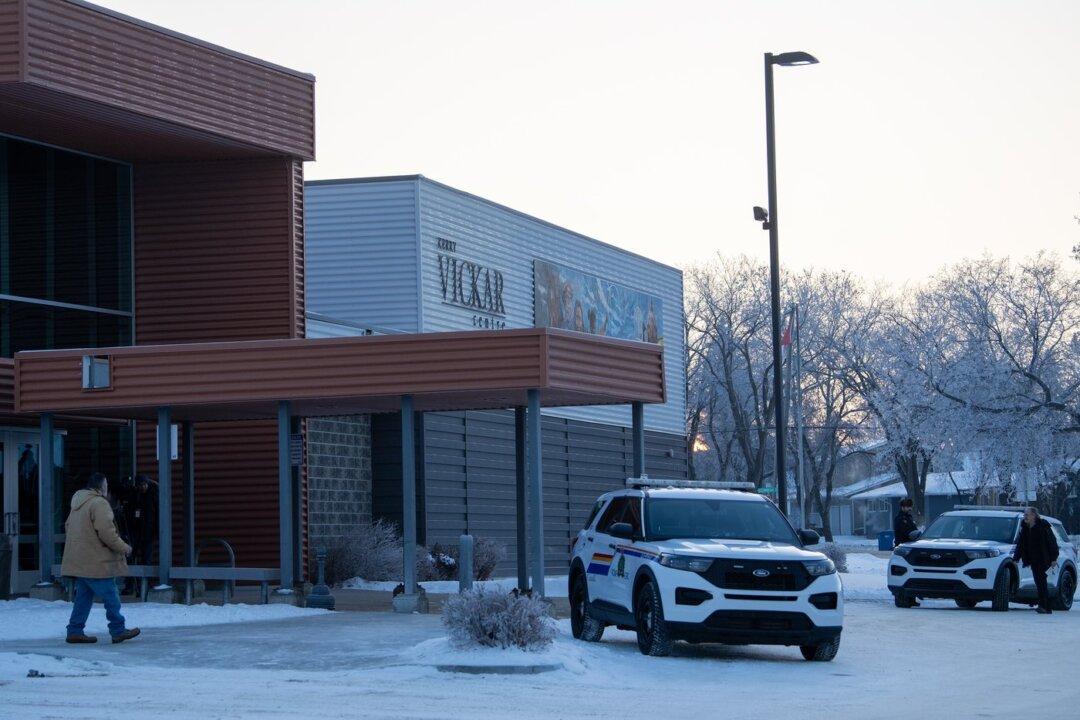A coroner’s inquest into a mass stabbing on a Saskatchewan First Nation heard on Jan. 29 about why parole was denied for the man who would later go on to kill 11 people.
Myles Sanderson went on a deadly rampage on the James Smith Cree Nation and in the nearby community of Weldon, northeast of Saskatoon, on Sept. 4, 2022. Seventeen others were injured.





